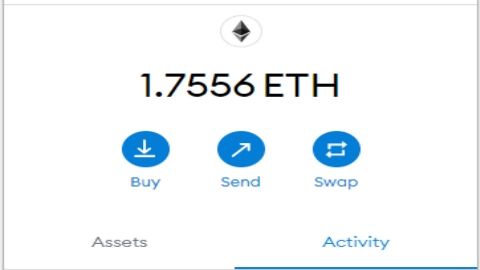We have sadly witnessed what NATO warned would happen: a full-scale invasion of Ukraine. Before that, the idea had spread in the markets that the incursion would be limited to the breakaway regions of Ukraine. Now, the markets have to deal with the prospect that the conflict will be much broader and protracted.
There are several questions that still need to be answered to determine the possible financial and market consequences. In this regard, it is worth mentioning the extent to which Ukraine will fight back, the intensity and breadth of the sanctions that NATO allies could impose on Russia and how the sanctions will be transmitted to energy, given that Europe is a large buyer of Russian gas .
The answers to these questions will be known in the coming days, but what is already clear is that stagflation is more likely to remain than to fade in the coming months. Higher energy prices will probably be felt in other areas of the economy, acting as a kind of consumption tax,
aggravating the crisis affecting the cost of living in the West and bringing the possibility of a recession closer.
Repercussions on the markets
The most immediate impact on the markets is the reduction and, in some cases, the actual cessation of trading in some Russian and Ukrainian securities by foreign investors. In due course, the sanctions could even go so far as to completely ban Western capital inflows and outflows from Russia, perhaps excluding the country from the international SWIFT payment system. However, that could have problematic consequences, as Russia would simply try to operate using alternative systems.
For the time being, the exclusion of SWIFT could remain on the cards as a potential crackdown, but due to energy relations between Europe and Russia, we expect sanctions to be imposed normally on capital, not commodities. Russia is a big producer of aluminum and fertilizers, as well as oil and gas, and supply chains will take some time to mend with other countries and sources, although in some cases the country’s supply gap cannot be filled.
However, if the conflict is not limited to Ukraine, there could be a sequence of sanctions and retaliation that would have a longer-term impact on local and international markets. A united front in imposing sanctions will be crucial. Putin will be very attentive to whether NATO remains united in its response to the situation and will seek to exploit any fissures.
Central bank response
Central banks’ talk has been deliberately restrictive since last year to get markets to tighten real financial conditions without having to hike rates sharply. For example, we have consistently maintained that the Fed would have to tighten policy more slowly than announced due to the high levels of debt accumulated to deal with the consequences of the pandemic. The Ukraine crisis makes this even more likely because, while it has pushed energy prices further up, it also poses risks to growth, especially in Europe.
Central banks may find it difficult to radically change their tune if growth begins to weaken and they will not return to expansionary mode; Instead, we expect them to keep trying to tighten policy, but slowly, in hopes of avoiding a recession. Meanwhile, budget policy is not in a favorable position to help given the cost of the pandemic and the domestic political challenges facing many developed countries this year.
Implications for asset allocation
Although the conflict poses a number of threats to stock markets in both Russia and Ukraine, and more generally across the European continent, if contained
then we could see how other forces return in due course to dominate the feeling.
As we entered 2022, we were already more cautious in risk assets, specifically in the US, where we expect a more complex economic and political scenario as legislative elections approach. Instead, we have looked at areas of the world such as Japan (because of their inflation situation) and China (because of their different monetary trajectories). We hope that China will be patient and take a step back, attentive to how the situation between Russia and Ukraine evolves, because after tightening its policy earlier in the cycle, the country is not
immersed in the dynamics of the West, but is moving towards stabilization and, later,2 perhaps the stimulation of the economy, which should be a spur to the country’s markets. Therefore, this could provide further diversification for investors worried about events in Europe, especially when the reflex movement of seeking refuge in the dollar dissipates.
In this context, we expect capital to flow to China and Asia and other emerging economies that are less affected by the crisis and could benefit if supply chains are reoriented. In the longer term, we expect more countries to act to improve their resilience to future energy crises, although the transition to a lower carbon energy mix will not be smooth and will differ from country to country.
Conclution
The markets have reacted sharply to the full-scale invasion of Ukraine, but over the next few days we should be able to better understand Russia’s territorial ambitions, the measures taken to curb them, and the kind of risks to inflation and growth that all it generates. Putin’s speech is probably aimed at an internal and Ukrainian audience, but it is important to pay close attention to it to determine if this conflict and its consequences – human and economic – are confined to Ukraine or if other barriers are being tested.

